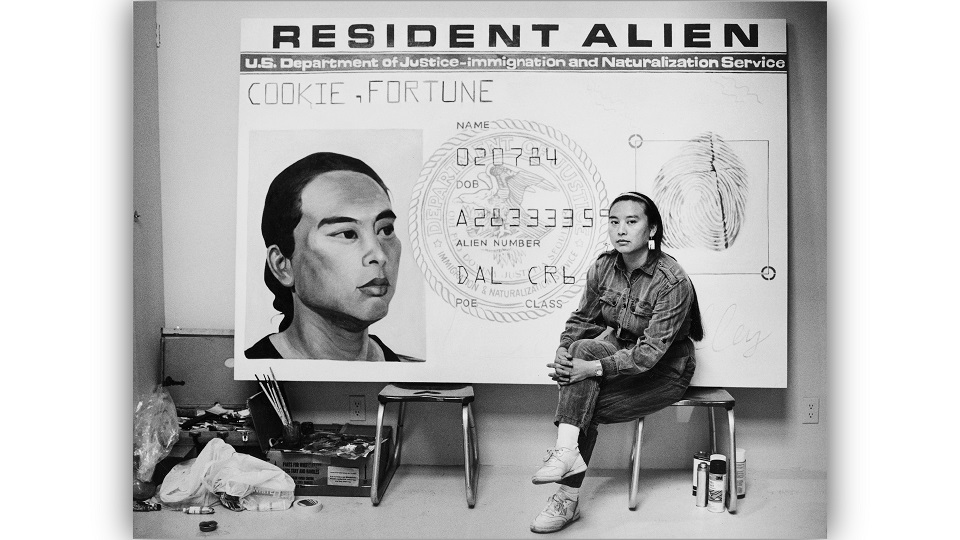During China’s Cultural Revolution artist Hung Liu was sent to the countryside to work in the fields. She was there for four years under difficult working conditions; an experience that changed her forever. During that time, her art was her solace. She used what little free time she had to sketch the scenery around her.
Liu went on to study mural painting as a graduate student at the Central Academy of Fine Arts in Beijing, before immigrating to the United States in 1984 to attend the University of California. She became an Art Professor at Mills College while continuing to pursue her professional art career. She began to focus on painting obscure historical Chinese photographs. Much of the meaning of Liu’s paintings during this time period comes from the way she washes and drips linseed oil over the images, suggesting the passage of memory into history.
Recently, Liu’s subjects have emerged from American history, specifically photographer Dorothea Lange’s documentation of the American Dust Bowl during the Great Depression era. She draws many similarities between American farmers and laborers of that time to the peasants she worked alongside during the Cultural Revolution. For this work, she developed a technique of topographic realism in which the paint congeals around a webbing of colored lines, which she says, “sheds some light to the darkness.”
Full Frame recently visited Hung Liu at her studio in Oakland, CA.

 CGTN America
CGTN America
